YORK, UK: The history of dairy consumption among European populations is a surprisingly contentious subject. Lactase persistence—the ability to digest the lactose in milk into adulthood—emerged approximately 5,000 years ago in southern Europe, and just 3,000 years ago in central Europe. A new study of human dental calculus at British Neolithic sites, however, has revealed that dairy may have been ingested with regularity as far back as 6,000 years ago.
A research team led by archaeologists from the University of York analysed ten dental calculus samples from three separate British Neolithic sites. The calculus was removed with a sterile dental scaler and peptides were extracted using a filter-aided sample preparation protocol. The peptides that had been extracted were then analysed through a shotgun protein tandem mass spectrometry approach.
Through its analysis, the research team identified the existence of the milk whey protein beta-lactoglobulin (BLG) in seven of the tested samples. The presence of BLG indicates that dairy products were very likely consumed, providing the earliest direct evidence anywhere in the world for their consumption to date.
Desplazarse hacia abajo
anuncio
“The discovery of this milk protein is particularly interesting, as recent genetic studies suggest that people who lived at this time did not yet have the genetic ability to digest the lactose in milk,” Dr Sophy Charlton, research associate at the University of York’s Department of Archaeology, explained to Dental Tribune International.
“To get around this, these populations may have been drinking just very small amounts of milk, or alternatively were processing it into other foodstuffs such as cheese, yoghurt or other fermented dairy products, in order to reduce the lactose content. Furthermore, individuals from all three sites we analysed showed the presence of milk BLG protein from cows, sheep or goats, suggesting people were exploiting multiple species for dairy products—which is also something we weren’t previously aware of,” Charlton continued.
Charlton further stated that this research could prove to be helpful for further studies into dairy consumption. “In the future, identifying more ancient individuals with evidence of BLG may provide further insights into milk consumption and processing in the past, and increase our understanding of how genetics and culture have interacted to produce lactase persistence,” she said.
“It would also be a fascinating avenue for further research to look at more individuals and see if we can determine whether there are any patterns as to who was consuming milk in the archaeological past—perhaps the amount of dairy products consumed or the animals utilised varied along the lines of sex, gender, age or social standing,” Charlton added.
The study, titled “New insights into Neolithic milk consumption through proteomic analysis of dental calculus”, was published online on 9 September 2019 in Archaeological and Anthropological Sciences, ahead of inclusion in an issue.
Tags:



 Austria / Österreich
Austria / Österreich
 Bosnia and Herzegovina / Босна и Херцеговина
Bosnia and Herzegovina / Босна и Херцеговина
 Bulgaria / България
Bulgaria / България
 Croatia / Hrvatska
Croatia / Hrvatska
 Czech Republic & Slovakia / Česká republika & Slovensko
Czech Republic & Slovakia / Česká republika & Slovensko
 France / France
France / France
 Germany / Deutschland
Germany / Deutschland
 Greece / ΕΛΛΑΔΑ
Greece / ΕΛΛΑΔΑ
 Hungary / Hungary
Hungary / Hungary
 Italy / Italia
Italy / Italia
 Netherlands / Nederland
Netherlands / Nederland
 Nordic / Nordic
Nordic / Nordic
 Poland / Polska
Poland / Polska
 Portugal / Portugal
Portugal / Portugal
 Romania & Moldova / România & Moldova
Romania & Moldova / România & Moldova
 Slovenia / Slovenija
Slovenia / Slovenija
 Serbia & Montenegro / Србија и Црна Гора
Serbia & Montenegro / Србија и Црна Гора
 Spain / España
Spain / España
 Switzerland / Schweiz
Switzerland / Schweiz
 Turkey / Türkiye
Turkey / Türkiye
 UK & Ireland / UK & Ireland
UK & Ireland / UK & Ireland
 International / International
International / International
 Brazil / Brasil
Brazil / Brasil
 Canada / Canada
Canada / Canada
 Latin America / Latinoamérica
Latin America / Latinoamérica
 USA / USA
USA / USA
 China / 中国
China / 中国
 India / भारत गणराज्य
India / भारत गणराज्य
 Pakistan / Pākistān
Pakistan / Pākistān
 Vietnam / Việt Nam
Vietnam / Việt Nam
 ASEAN / ASEAN
ASEAN / ASEAN
 Israel / מְדִינַת יִשְׂרָאֵל
Israel / מְדִינַת יִשְׂרָאֵל
 Algeria, Morocco & Tunisia / الجزائر والمغرب وتونس
Algeria, Morocco & Tunisia / الجزائر والمغرب وتونس
 Middle East / Middle East
Middle East / Middle East






























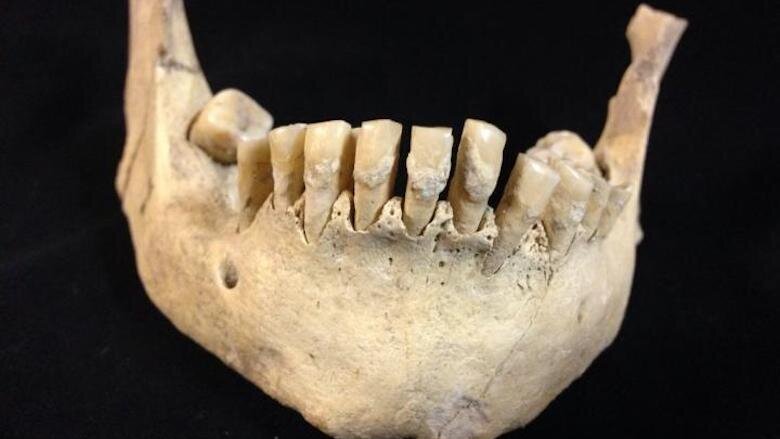

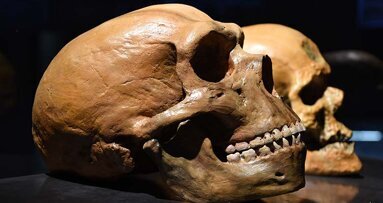
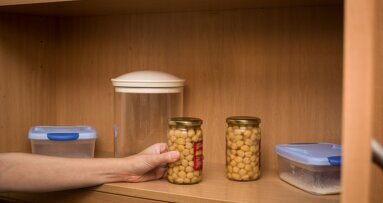
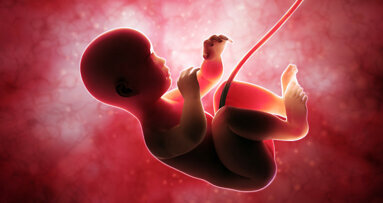

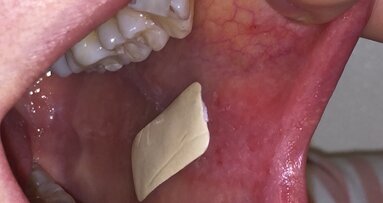
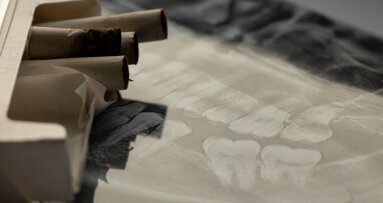
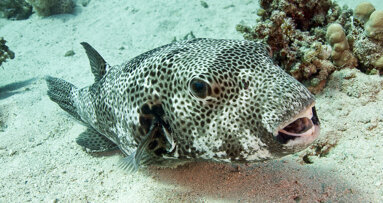










To post a reply please login or register